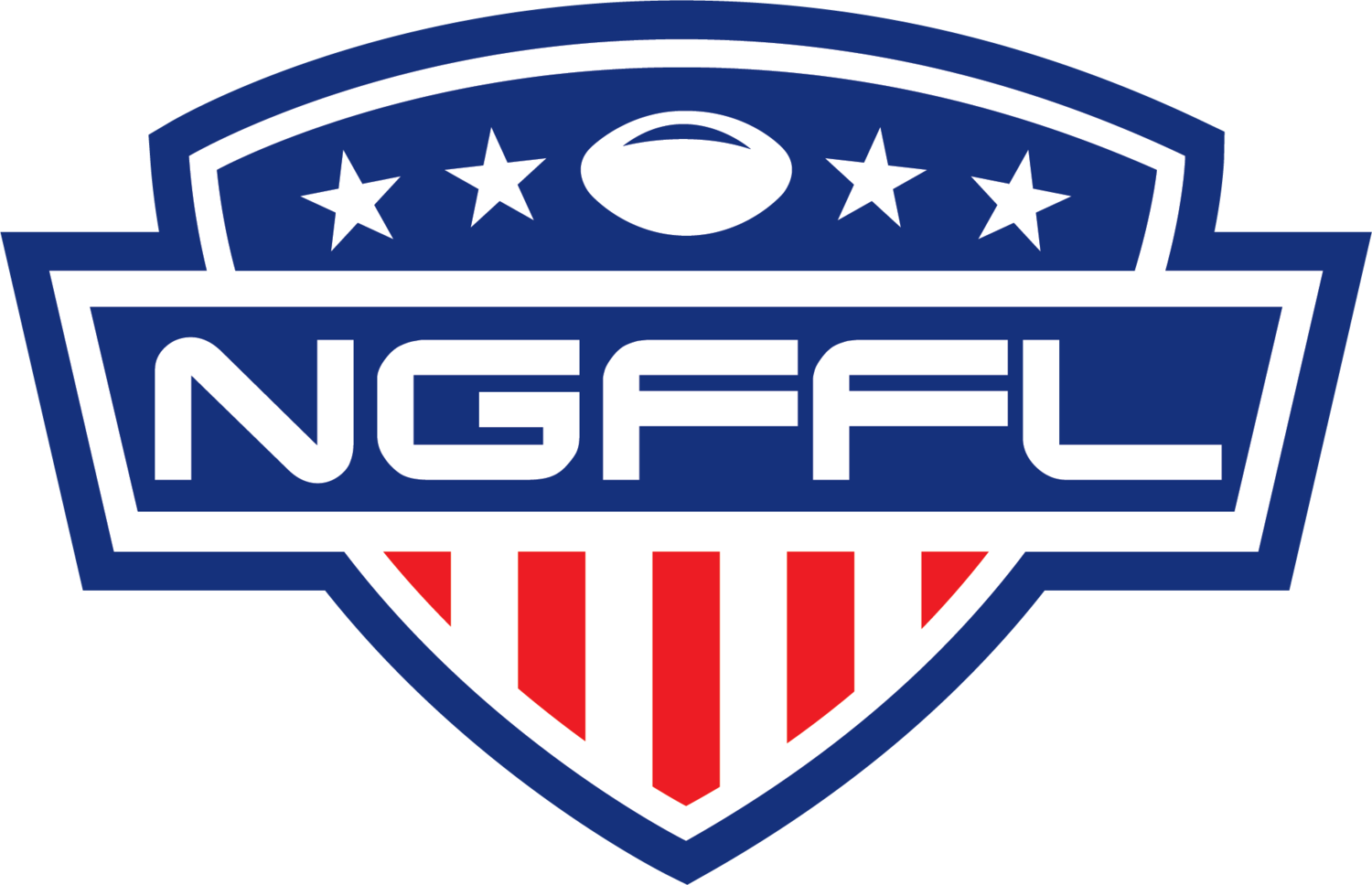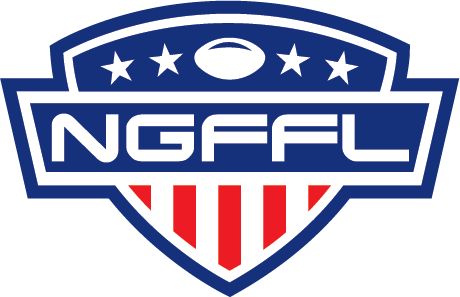What is a Hawaiian Plate Lunch?
A plate lunch is a go-to meal that’s cheap and filling, it’s served at roadside stands, drive-ins, and hole-in-the-wall restaurants all over the state; think of it like a multicultural, island-influenced version of traditional meat-and-three sides. It can include many different types of proteins but they are always flanked by macaroni salad and two scoops of white rice, making the Hawaiian plate lunch a serious carb-loading event.
The origins of the dish date back to the 1880s, where it began as a popular midday meal option for hungry workers on Hawaii’s booming pineapple and sugar plantations. The plantation workers would bring their lunches to work with them in bento boxes, and leftover rice was used as an inexpensive way to bulk up whatever meats were leftover from last night’s dinner.
By the 1930s, new mobile meal services called lunch wagons popped up to cater to laborers and drive-ins; instead of being served on bento boxes, they were served on compartmentalized paper plates, hence the name “plate lunch.” By the 1950s, the plantation era had ended, but the plate lunch was a staple at drive-ins and free-standing restaurants across the islands.
What comprises a Hawaiian plate lunch?
Many of the aforementioned plantation workers were immigrants from other countries such as Japan, China, the Philippines, Korea, and Portugal, and they all brought with them various dishes from their homelands, such as chicken or pork katsu (a thin, crispy breaded cutlet); Chinese char siu-style roast pork; pork adobo, a Filipino braised dish; Portuguese sausage; and even salmon teriyaki.
Rice has been a staple of the plate lunch from the beginning, and macaroni salad was added sometime later as something that would appeal to many different palates— and what's not to like about mayo-drenched pasta? LOL!
Of course, substitutions are offered at many local establishments. Don’t want 2 scoops of rice? Let them know - or make it a half-order.
One final word on plate lunches - some establishments in Hawaii may still use styrofoam containers! A ban on polystyrene will be (finally) implemented on September 5, 2022.
—-
Funding for Gay Bowl XXII has been provided via a grant by Hawaii Tourism Authority (HTA) through the Community Enrichment Program (CEP). For more info about HTA and CEP, click here.




